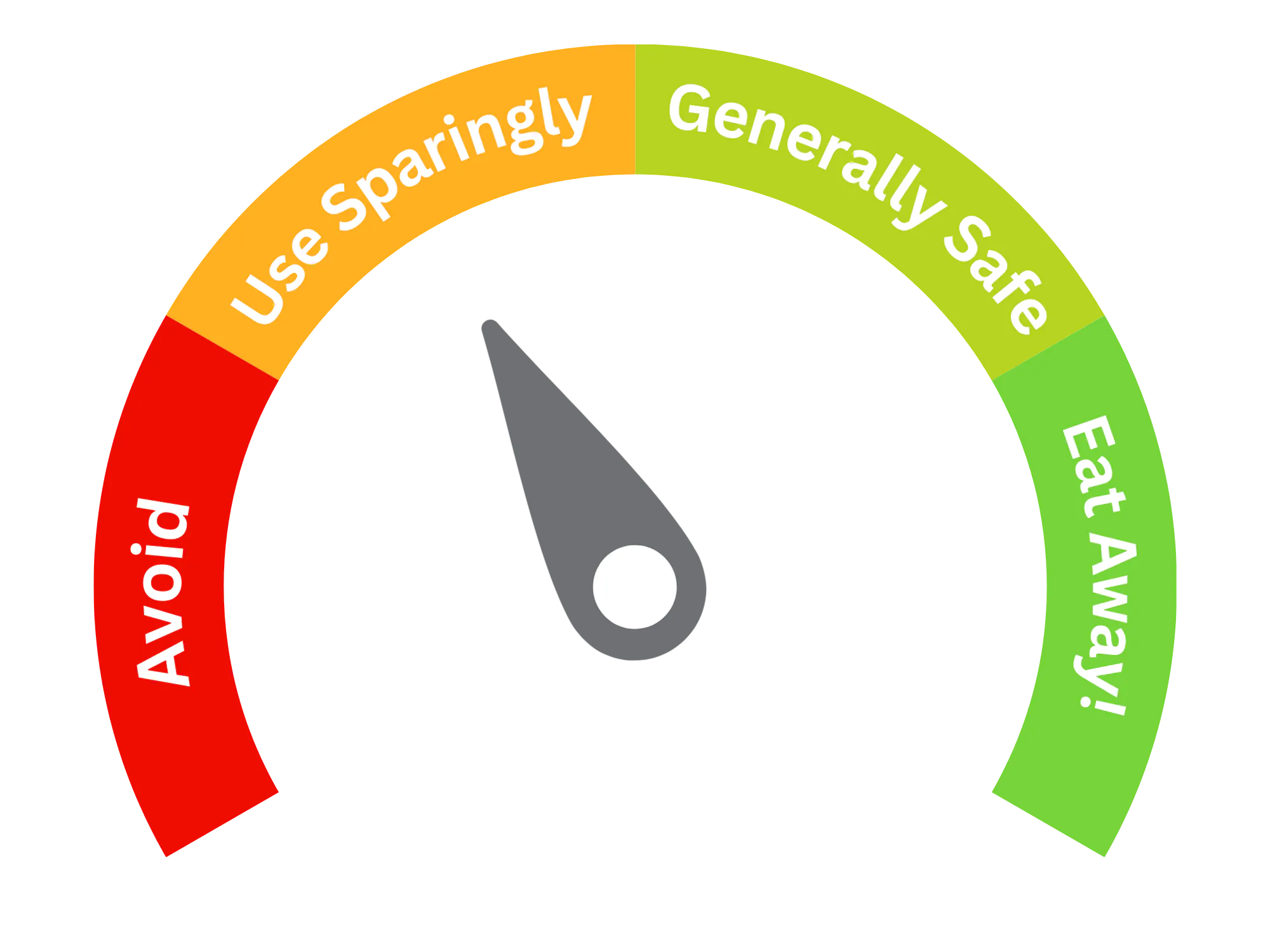Butylated Hydroxytoluene (BHT) (E321)
| Type of additive (Glossary) | Antioxidants, Preservatives |
| E Number | E321 |
| Chemical Formula | C15H24O |
| Also Known As | BHT |

Purpose and Function
Butylated hydroxytoluene (BHT) is a synthetic antioxidant used in the food industry to prevent the oxidation of fats and oils, which can cause food to become rancid. It works by neutralizing free radicals, which are unstable molecules that can cause damage to cells and spoil food. The primary functions of BHT include:
- Preservative: BHT is added to food products to extend shelf life by preventing the oxidation of fats and oils. It is commonly found in processed foods such as cereals, snack foods, baked goods, and packaged fats and oils.
- Antioxidant: In addition to its use in food, BHT is used in cosmetics, pharmaceuticals, and industrial products to prevent oxidation and extend the shelf life of products.
Potential Risks and Side Effects
The safety of BHT has been the subject of extensive research and debate. While it is generally recognized as safe by regulatory agencies, there are some potential risks and concerns:
- Carcinogenicity Concerns: Some animal studies have suggested that BHT might be linked to cancer development, particularly in high doses. However, the relevance of these findings to humans is not clear, and regulatory agencies, including the FDA and EFSA, have determined that BHT is safe for human consumption at the levels typically used in food products.
- Endocrine Disruption: There are concerns that BHT may act as an endocrine disruptor, meaning it could interfere with the body’s hormone systems. Some studies have suggested that BHT may have weak estrogenic effects, but more research is needed to confirm these findings.
- Allergic Reactions: Although rare, some individuals may experience allergic reactions to BHT, including skin rashes and respiratory issues. These reactions are more commonly associated with its use in cosmetics and topical products.
